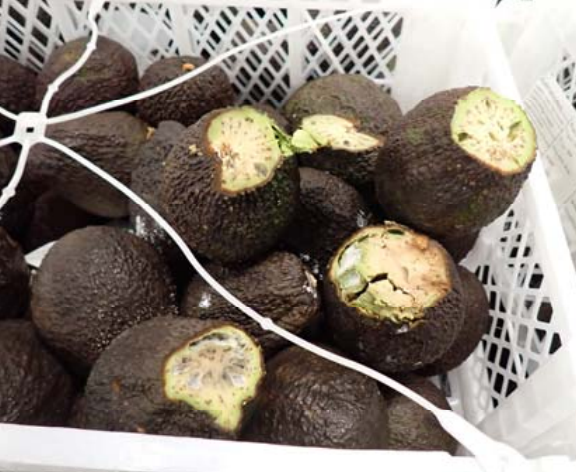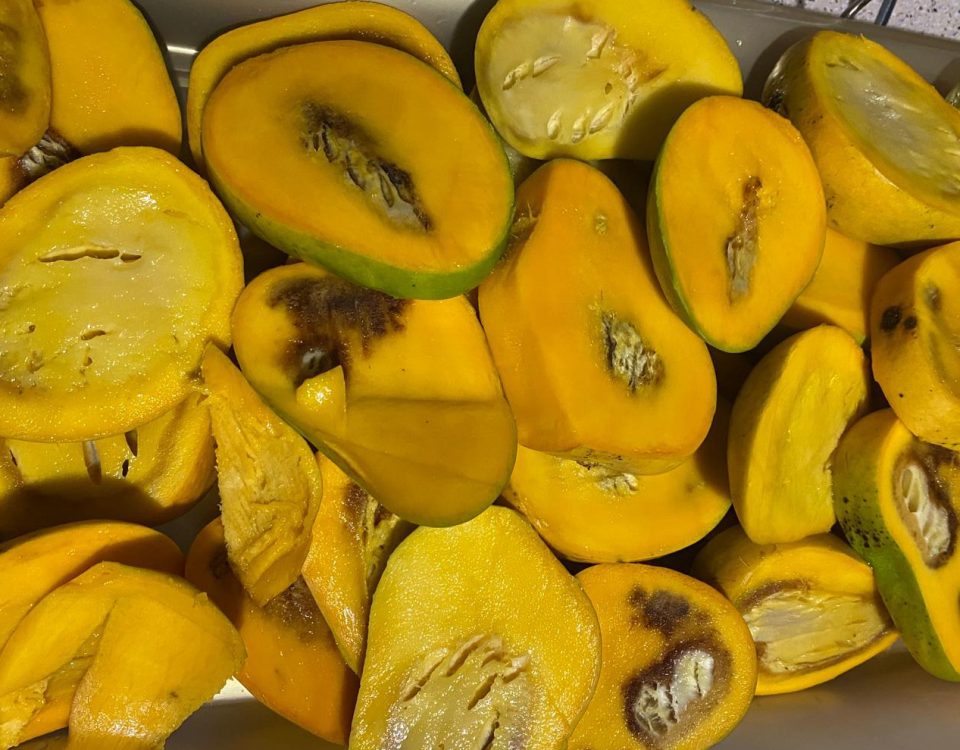Cargo Claims in Avocado Exports — And How to Avoid Losses

Understanding Liability in Cargo Claims: Who Pays for the Damage?
April 18, 2025
Indian Grape Exporters: Immediate Action After Cargo Damage
May 15, 2025South Africa’s avocado season gains momentum after early rain delays, and exporters race to get shipments out the door. But as volumes rise, so do the risks — and cargo claims remain one of the biggest threats to an exporter’s margins and reputation.
Whether facing short shipments, heat damage, or quality issues: when something goes wrong, the shipper takes the first blame.
At Recoupex, a recent South African avocado trader submitted a claim alleging short-stuffing. But here’s the twist — only two scenarios explain the loss:
🔴 The cargo never got fully loaded in the first place.
🔴 OR The cargo suffered temperature damage in transit, which led to moisture loss, dehydration, and weight shrinkage.
Without proper documentation, you can’t prove what happened. And in cargo claims, your word doesn’t cut it.
The Most Common Reasons for Cargo Claims in Avocado Exports
Temperature Fluctuations During Transit
Avocados bruise and ripen quickly. Poor cold chain management triggers spoilage or moisture loss, often mistaken for short delivery.
Short-Loading or Incomplete Stuffing
Miscommunication or packing errors at origin often result in containers leaving without the full quantity. When receivers catch this at destination, they file claims immediately.
Poor Packaging or Load Securing
Failing to use proper dunnage, lashing, or stacking allows cargo to shift during transit, leading to bruised and spoiled fruit.
Contamination or Water Ingress
Dirty or damaged containers — or overlooked seals — expose cargo to contamination and moisture, killing its commercial value.
Your Best Defense: The In-House Pre-Shipment Survey Report
Even if you execute everything perfectly, without proof, you’ll still take the fall. That’s why a Pre-Shipment Survey Report changes the game.
It’s not just another document — it’s your first and strongest line of defense when claims land on your desk. And no, you don’t need to hire a third-party surveyor. You can issue a professional, detailed in-house report, fully backed by photographic evidence.
What Should Your Pre-Shipment Report Include?
In avocado exports, everything moves fast. Delays, miscommunication, or small mistakes can cost you thousands. But most claims come down to one thing: a lack of evidence.
✅ Container Condition Before Loading — Clean, dry, odor-free, and structurally sound.
✅ Cargo Condition, Quantity & Packaging — Document the cargo’s harvest days and pre-cooling treatment. Include clear photos and videos before and during stuffing.
✅ Stuffing Process — Document each step: packing, lashing, and dunnage.
✅ Container Sealing — Record seal numbers and snap a timestamped final photo.
If you can prove what you shipped, how you packed it, and the condition it left in — you win. If not? You’re on the hook.
If you’re serious about protecting your export business, here’s the bottom line: An in-house Pre-Shipment Survey Report isn’t optional — it’s non-negotiable.
Start treating your documentation like a business-critical asset. When claims come knocking, it could be the only thing standing between you and a costly, unfair loss.



